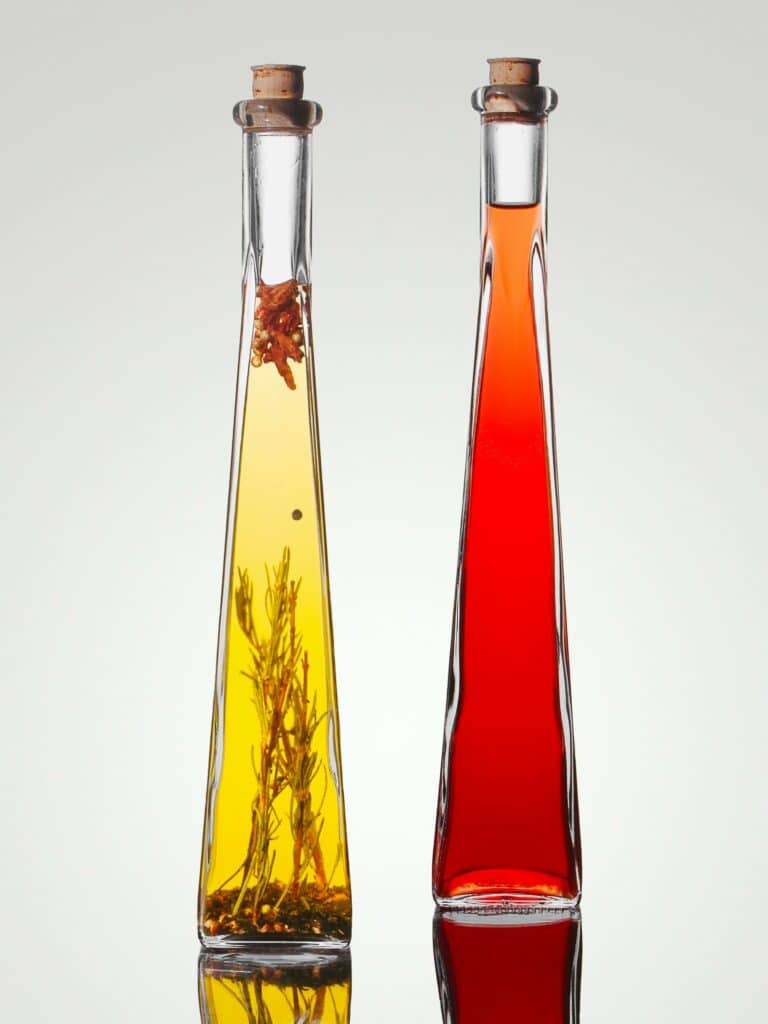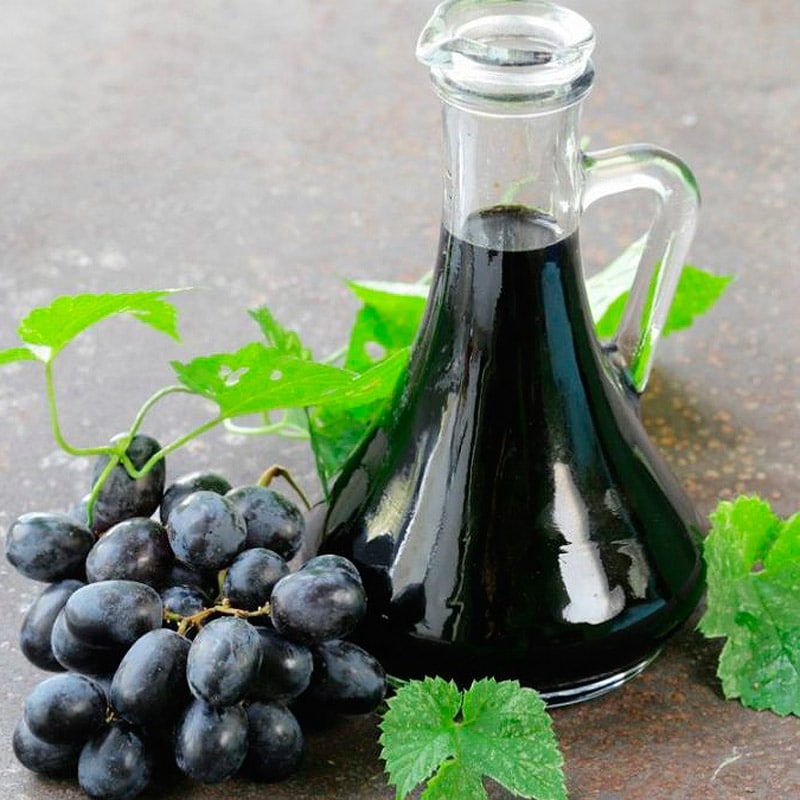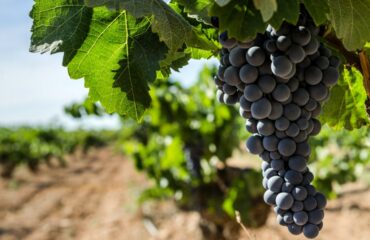Vinegar, from the French “vin aigre” (sour wine), has been a condiment used and acclaimed since ancient times. The Romans used it as an energy drink and as a key ingredient for medicines and sanitizing substances. It was in the Middle Ages that concentrated grape must began to be used to create more refined, higher quality vinegars, such as the balsamic vinegar of the Modena region. Over time, the incorporation of concentrated white or red grape must, or rectified must, has been perfected to offer greater complexity and a better sensory profile to the different types of vinegars: sweet and semi-sweet vinegars, balsamic creams, aromatic vinegars, fruity vinegars, etc.
In this new article we explore how concentrated grape juice preserves a tradition of innovation in the world of vinegar.
- What is the role of concentrated grape must in the different types of vinegars?
- Importance of the quality of the must in vinegar, sweet and fruity: color, flavor, aroma, organic origin…
- JULIÁN SOLER concentrated grape juice: present in product innovation
What is the role of concentrated grape must in the different types of vinegars?

When fresh grapes are subjected to a crushing and pressing process, in which the pulp is crushed, an initial simple must is obtained, a freshly squeezed juice containing the water of the fruit plus its solid components, such as parts of the skin, stems and seeds. This juice is then exposed to a vacuum evaporation process to extract the ⅔ ⅔ of water, thus obtaining the concentrated must.
Must concentrate is a dense product that preserves, in an intensified form, the aroma, sugars, color, nutrients and some phenolic compounds of the natural grape. This high quality grape concentrate is the key component in the production of premium vinegars, as it provides them with unique aromatic nuances, natural sweetness, texture, color and other organoleptic characteristics. Let’s see.
Role of the concentrated must in balsamic vinegar
When talking about Traditional Balsamic Vinegar, known as Modena PDO, the concentrated grape must is more than just an ingredient, it is the only component on which the entire production process is based. In this vinegar, the concentrated must is fermented in tanks for approximately 5 months and then transferred to barrels for aging. It is in these barrels that the bacteria manage to transform the alcohol into acetic acid (vinegar), which then passes through various stages of evaporation (between 12 and 25 years) to reach a certain concentration. This interaction between the must and the wood of the barrels manages to develop the complex gustatory and olfactory notes characteristic of balsamic vinegar. Even the characteristic dark color is due to the grape must. There is also an almost transparent balsamic vinegar, made from concentrated white grape must.
The term balsamic vinegar is not protected, so there are different premium balsamic condiments on the market (not marked as PDO) that offer other aromatic or fruity touches. And one of the characteristics that distinguishes their high quality is that they are also made from concentrated grape must of organic origin.
Role of concentrated grape must in semi-sweet and sweet vinegars
On the other hand, in the production of semi-sweet vinegars, the concentrated must can play a fundamental role in balancing the acidity and complementing the sweetness of the product. For example, PDO Sherry Vinegars, with their intense aroma and old gold color, traditionally receive their unique body from Sherry Wines from the south of Andalusia. Basically, they are obtained through the acetic fermentation of Sherry wines, which are then subjected to a prolonged aging process in oak casks. However, with the changes made by the European Commission, it is also permitted in this PDO:
- Add grape must to the semi-sweet Sherry Vinegars.
- Add concentrated must and rectified must to the Sweet Sherry Vinegar.

Role of grape must concentrate in balsamic vinegar creams
Balsamic vinegar creams, or balsamic glaze, also benefit from the incorporation of concentrated must in their production process. These creams have a consistency similar to mustard or creamy yogurt. How are they made? The basic ingredient is balsamic vinegar, to which concentrated grape must is added to achieve a thick, velvety consistency. In addition, the must helps to intensify the aroma and fruity flavor of the glaze.
On the other hand, rectified must is also usually added as a natural sweetener. This type of must is a thick, colorless liquid that concentrates the natural sugars of the grape; it is a glucose and fructose syrup (without sucrose).
Today, recognized premium brands of balsamic vinegar creams are made with Julian Soler’s grape concentrate, an organic must that preserves the grape’s natural acids, colorants and sugars.
Concentrated must in the creation of fruity and flavored vinegars
In the premium gastronomic market there are vinegars made from fruits, which stand out for their quality and unique sensory profile. For example, mango, raspberry, fig, black truffle, etc. vinegars. However, as there are some fruits that are more suitable for vinegars, such as apple, raspberry and grape, concentrated juices of these fruits are used as the main base and then flavored with other fruits, herbs, spices or roots.
For example, a fruity and slightly acidic limoncello vinegar may contain lemon juice, concentrated grape must and wine vinegar. Or a white honey-ginger vinegar is usually made from concentrated grape must and wine vinegar, to which ginger extract and honey are added. While grapefruit and black truffle vinegars also usually contain grape concentrate.
Importance of the quality of the must in vinegar, sweet and fruity: color, flavor, aroma, organic origin…
As can be seen in each of the above cases, the quality of the concentrated grape must is a determining factor affecting the final result of balsamic vinegars, flavored vinegars and vinegar creams. Let us look at this influence in summary form:
| Characteristics of concentrated must | Importance in the world of vinegars |
| Color | The color of the concentrated red must provides the deep, dark color of the balsamic vinegar. |
| Taste | Depending on the grape variety, the concentrated must can provide: Sweet and smooth flavors. Intense acidic flavors. Flavors with a marked fruity note. |
| Sweetness | Must contains a high concentration of natural sugars, which allows it to be incorporated as a natural sweetener in balsamic vinegars, sherry vinegars and fruit vinegars. This sweetness can also help to balance the acidity of the vinegar. |
| Aroma | It facilitates the development of a complex bouquet, especially during the aging of the vinegar in barrels. In addition, in fruity vinegars it can help to enhance aromas. |
| Viscosity | It is measured in degrees Brix of the must. Viscosity gives the must a thickening capacity that is vital to obtain a thicker consistency in vinegars, especially in balsamic vinegar creams. |
| Ecological origin | The use of organic must concentrate, 100% virgin, without preservatives, additives or allergens, guarantees the authenticity, purity and high quality of the final product. It allows the production of premium vinegars. |

JULIÁN SOLER concentrated grape juice: present in product innovation
Innovation is part of our philosophy. We have our own laboratory dedicated to R&D, equipped with state-of-the-art technology to guarantee the quality of our red, white and rectified concentrated musts. This focus on excellence allows us to develop innovative products and deliver to each customer all our know-how in the creation of high quality food and beverages that incorporate 100% natural grape juice and are adapted to the needs of the global market.
In addition, our advanced cold and frozen storage capacity allows us to maintain availability of our grape concentrate throughout the year. This allows us to assure our customers a stable and continuous supply, supporting our export operations in more than 60 countries on 5 continents.
If you need a sample for the elaboration of your vinegar, Contact us.




 by
by